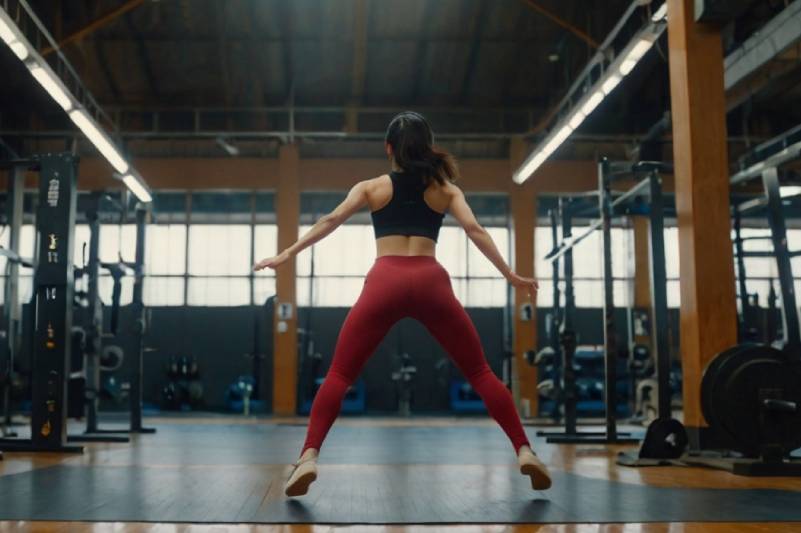Both High-Intensity Interval Training (HIIT) and Tabata are forms of interval training, but they differ in protocol, duration, and flexibility.
| HIIT | Tabata | |
| Protocol | Flexible Work Period: Varies Rest Period: Varies |
Strict Work Period: 20 seconds Rest Period: 10 seconds |
| Duration | Typically ranges from 15 to 45 minutes | 1 Cycle = 20 sec work + 10 sec rest 1 Tabata = 8 cycles =4 minutes |
| Work-to-Rest Ratio: | Varies | Fixed 2:1 |
| Intensity | High, but varies | Extremely high |
| Flexibility | Flexible | Strict and structured |
| Purpose | To improve overall fitness | Designed to burn calorie in a very short time |
High-Intensity Interval Training (HIIT)
High-Intensity Interval Training (HIIT) is a physical training method that alternates between bursts of high-intensity exercise and recovery periods of low-intensity exercise or rest. This cycle is repeated for a set number of rounds. HIIT can be applied to various activities.
✦ Examples:
- Weightlifting: Heavy lifting followed by a rest period.
- Swimming: A fast lap followed by leisure swimming.
- Running: Sprints followed by a walking recovery.
- Cycling: High-intensity cycling followed by low-intensity cycling.
- Bodyweight Workouts: Burpees, push-ups, jump squats, mountain climbers, etc., followed by a rest period.
Tabata Training
If a HIIT activity follows the Tabata protocol of a 20-second to 10-second work-to-rest ratio, it is considered a Tabata training as well. Named after Dr. Izumi Tabata, Tabata training is designed to improve metabolic output with shorter exercise durations. Due to its high intensity, beginners might find Tabata quite challenging initially.
Benefits of Interval Training
- Burns more calories in a shorter amount of time
- Enhances muscular strength and endurance
- Increases speed and power
- Improves cardiovascular fitness
- Boosts metabolism even after the workout
Key Takeaways
Tabata is a more specific and intense protocol of HIIT, which means all Tabata workouts are HIIT, but not all HIIT workouts are Tabata.
Since HIIT workouts are more flexible, they are more beginner-friendly, as the intensity can be adjusted according to individual physical conditions. For more experienced individuals, Tabata is ideal for maximizing anaerobic capacity in a short amount of time.

